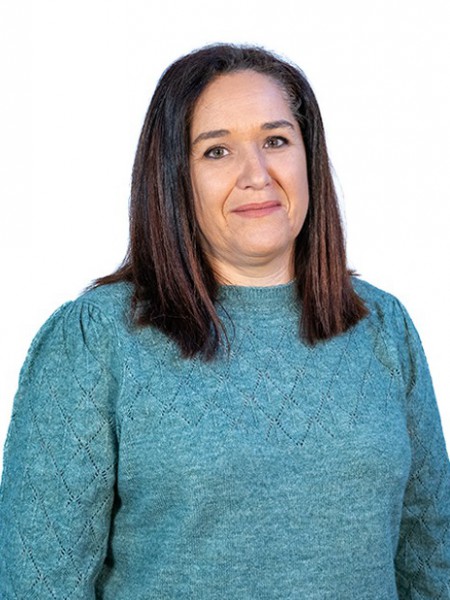abstract
The work describes the combination of granulated biomass fly ash (GBFA) with Fenton process to enhance the removal of adsorbable organic halides (AOX) from pulp bleaching wastewater. At optimal operating conditions, wastewater's chemical and biochemical oxygen demand (COD and BOD5, respectively) and colour were also quantified, and operating cost of treatment assessed. For the first time, raw pulp bleaching wastewater was used to granulate BFA, instead of water, reducing the water footprint of the treatment. Five wastewater treatment setups were studied: (i) conventional Fenton process; (ii) GBFA application; (iii) simultaneous application of GBFA and Fenton process; (iv) sequential treatment by GBFA followed by Fenton process; (v) sequential treatment by Fenton process followed by GBFA. The latter yielded the highest AOX removal (60-70%), whilst COD was also reduced (& AP;15%) and wastewater biodegradability (BOD5/COD) was enhanced from 0.075 to a maximum of 0.134. Another positive feature of the proposed solution was that GBFA were successfully recovered and reused without regeneration, yielding similar AOX removal compared with fresh GBFA. The operating cost of removing 1 g of AOX from the pulp bleaching wastewater by the optimal treatment setup (60-70% removal of AOX) was 14-26% lower than the operating cost of conducting Fenton process alone (50% removal of AOX).
keywords
FLUIDIZED-BED COMBUSTION; REMOVAL; DEGRADATION; ADSORPTION; OXIDATION; SLUDGE; SOIL; INDUSTRIAL; CATALYST; LIGNIN
subject category
Environmental Sciences & Ecology
authors
Ribeiro, JP; Cruz, NC; Neves, MC; Rodrigues, SM; Tarelho, LAC; Nunes, MI
our authors
Groups
G4 - Renewable Materials and Circular Economy
G5 - Biomimetic, Biological and Living Materials
Projects
CICECO - Aveiro Institute of Materials (UIDB/50011/2020)
CICECO - Aveiro Institute of Materials (UIDP/50011/2020)
Collaboratory for Emerging Technologies, CoLab (EMERGING TECHNOLOGIES)
acknowledgements
Thanks are due to FCT/MCTES for the financial support to CESAM (UIDP/50017/2020 + UIDB/50017/2020 + LA/P/0094/2020) , through national funds. This work was developed within the scope of the project CICECO-Aveiro Institute of Materials, UIDB/50011/2020 & UIDP/50011/2020, financed by national funds through the Portuguese Foundation for Science and Technology/MCTES. Joa o P. Ribeiro and Nuno C. Cruz acknowledge FCT - Fundacao para a Ciencia e a Tecnoogia, I.P. for their PhD Grants SFRH/BD/141133/2018 and SRFH/BD/115115/2016, respectively. Marcia C. Neves acknowledges FCT, I. P. for the research contract CEECIND/00383/2017 under the CEEC Individual 2017.



